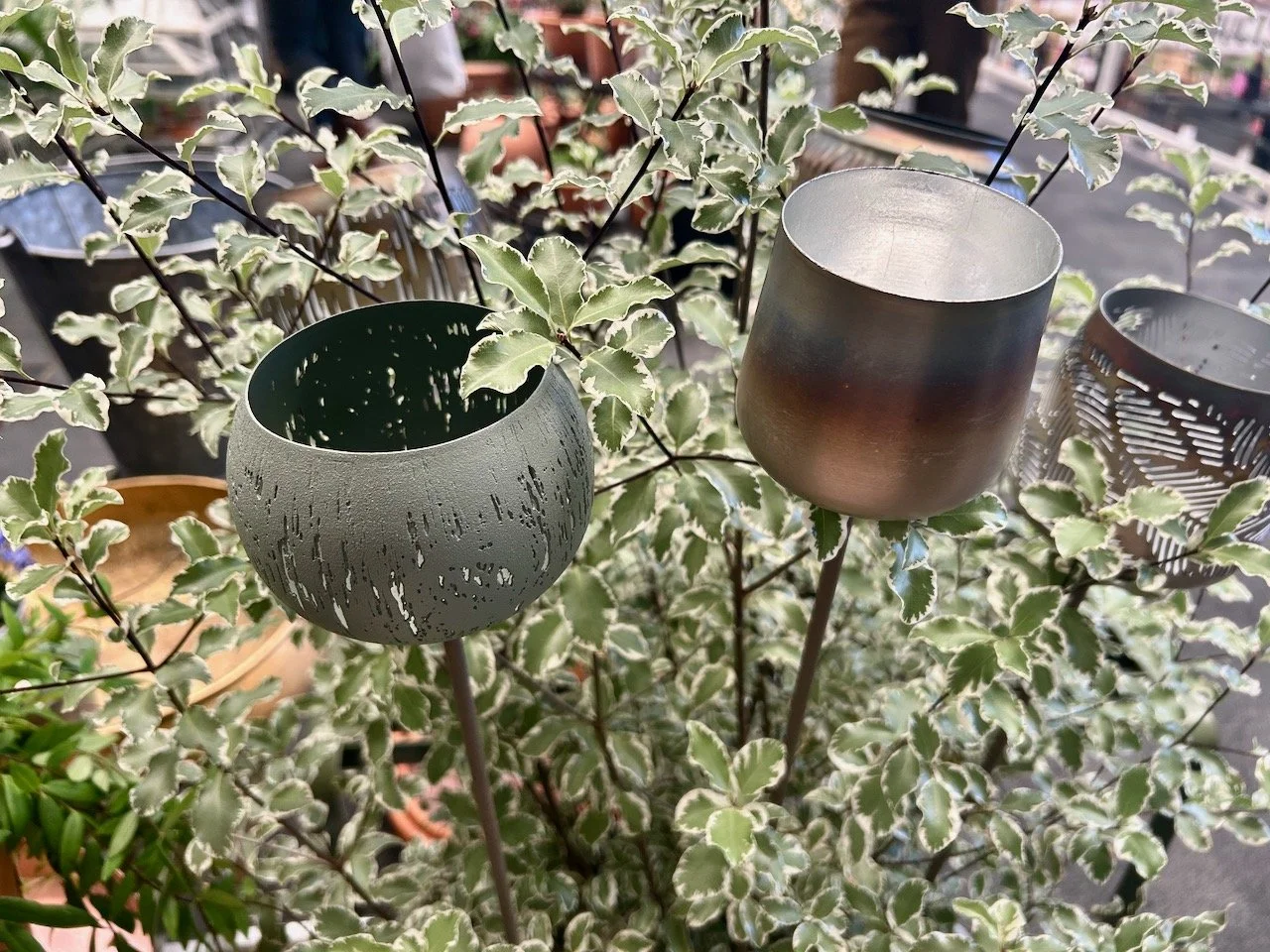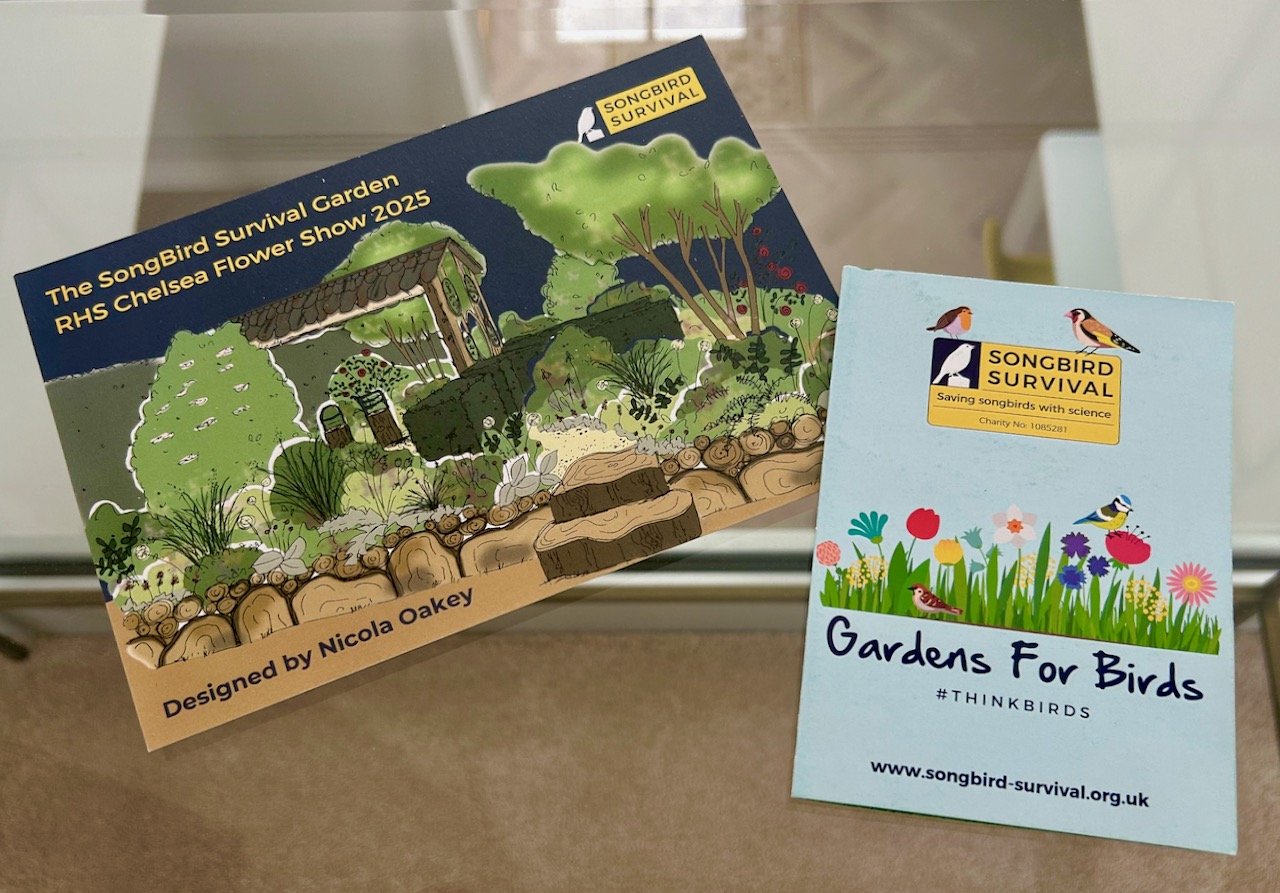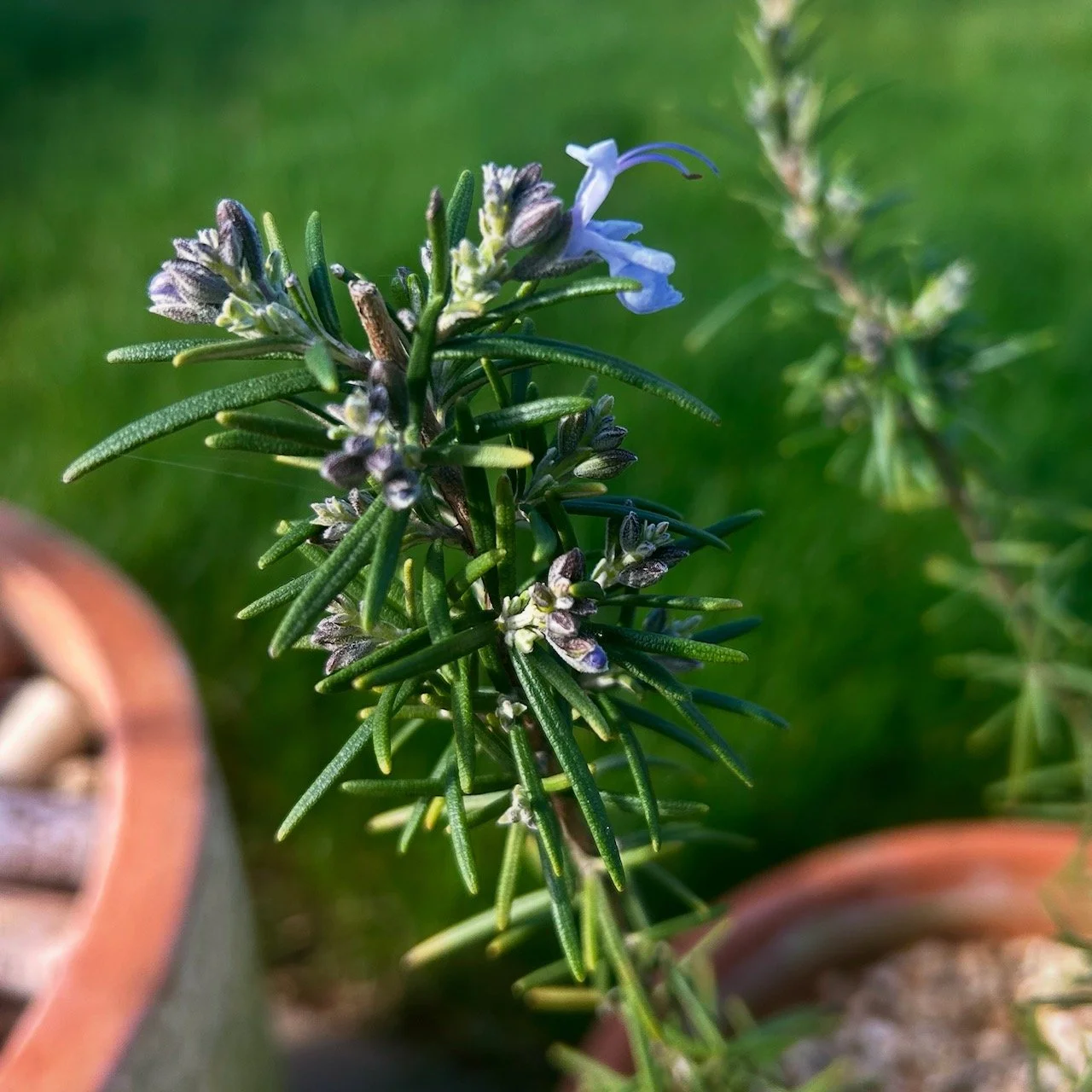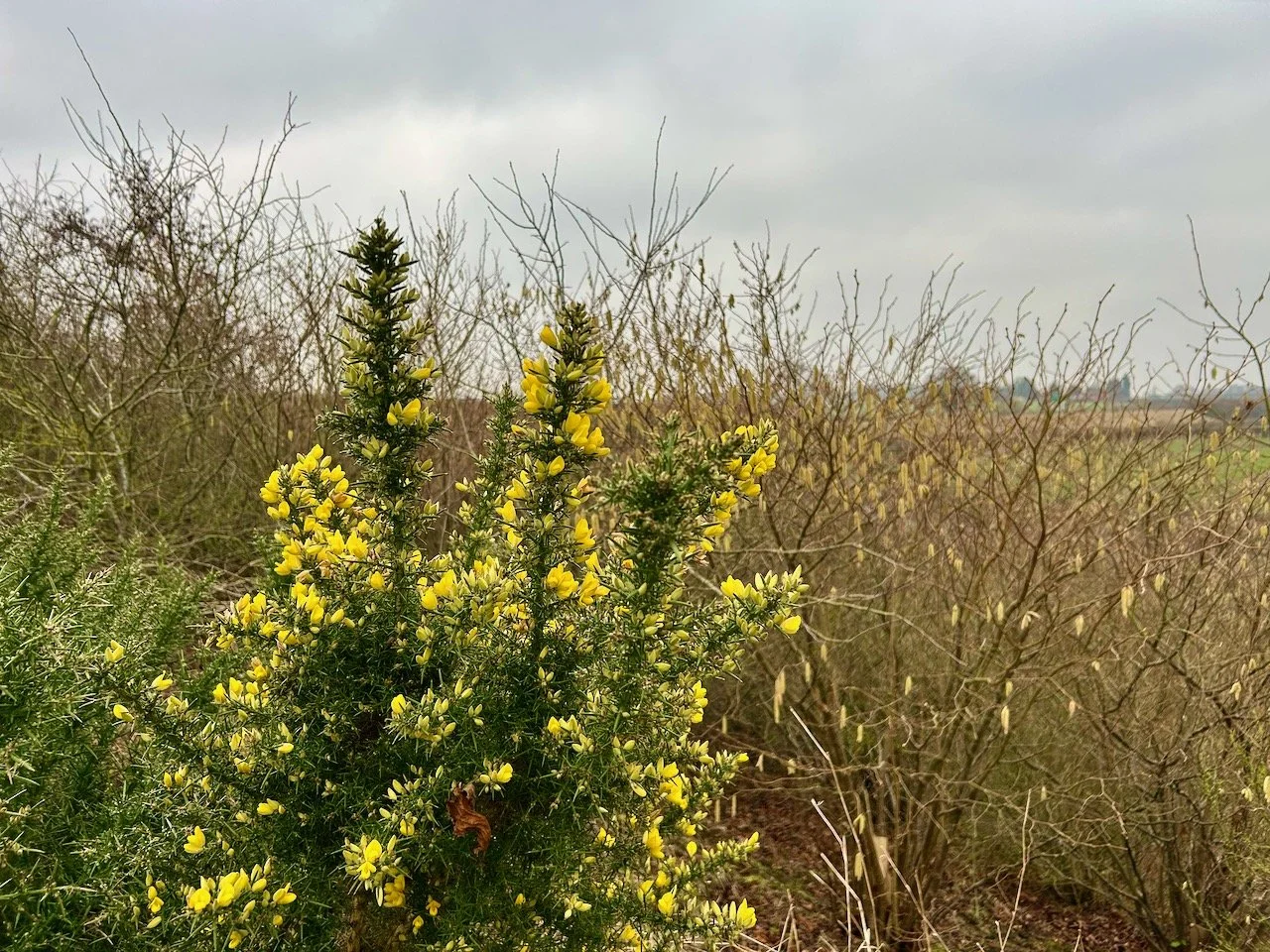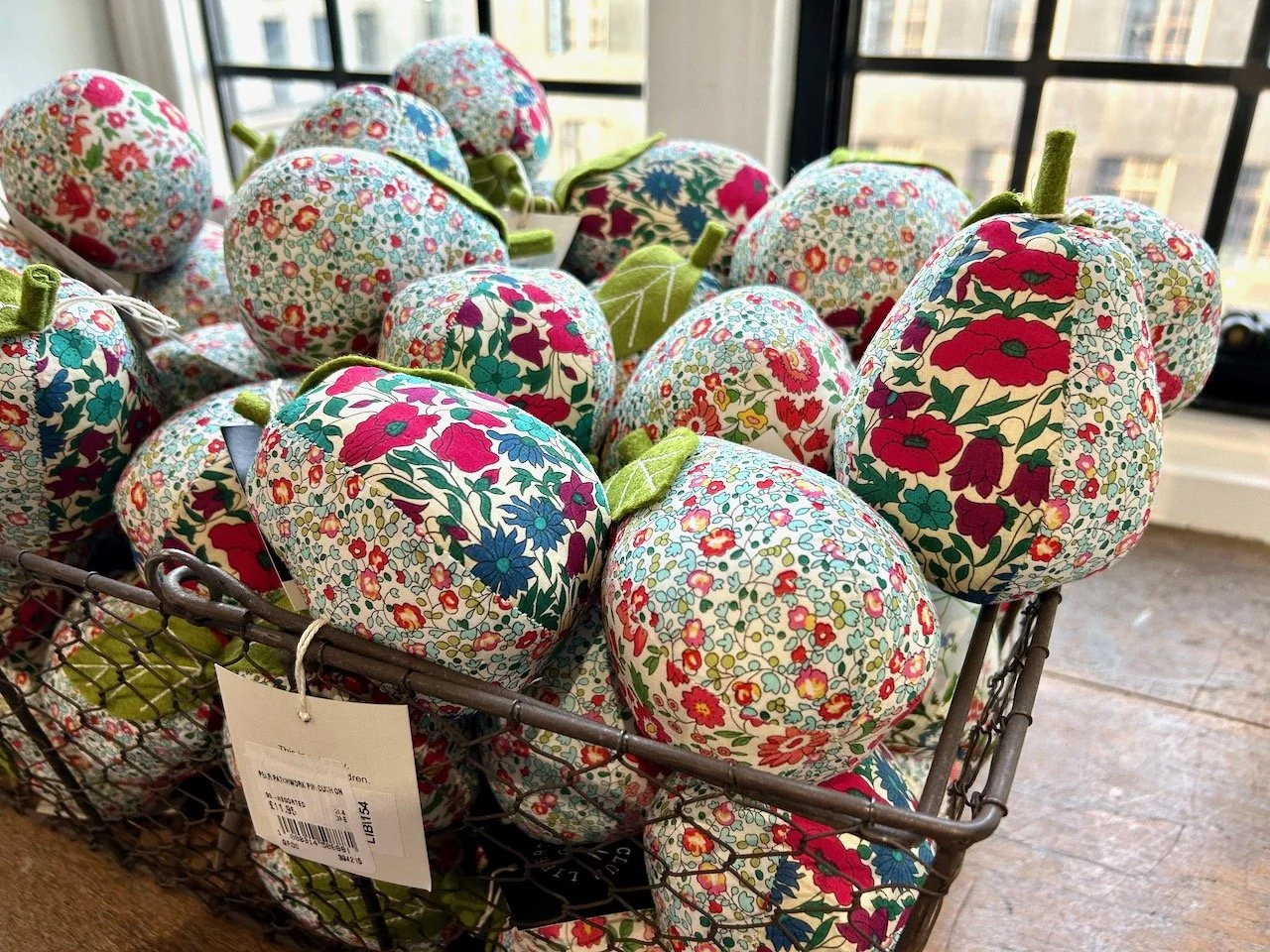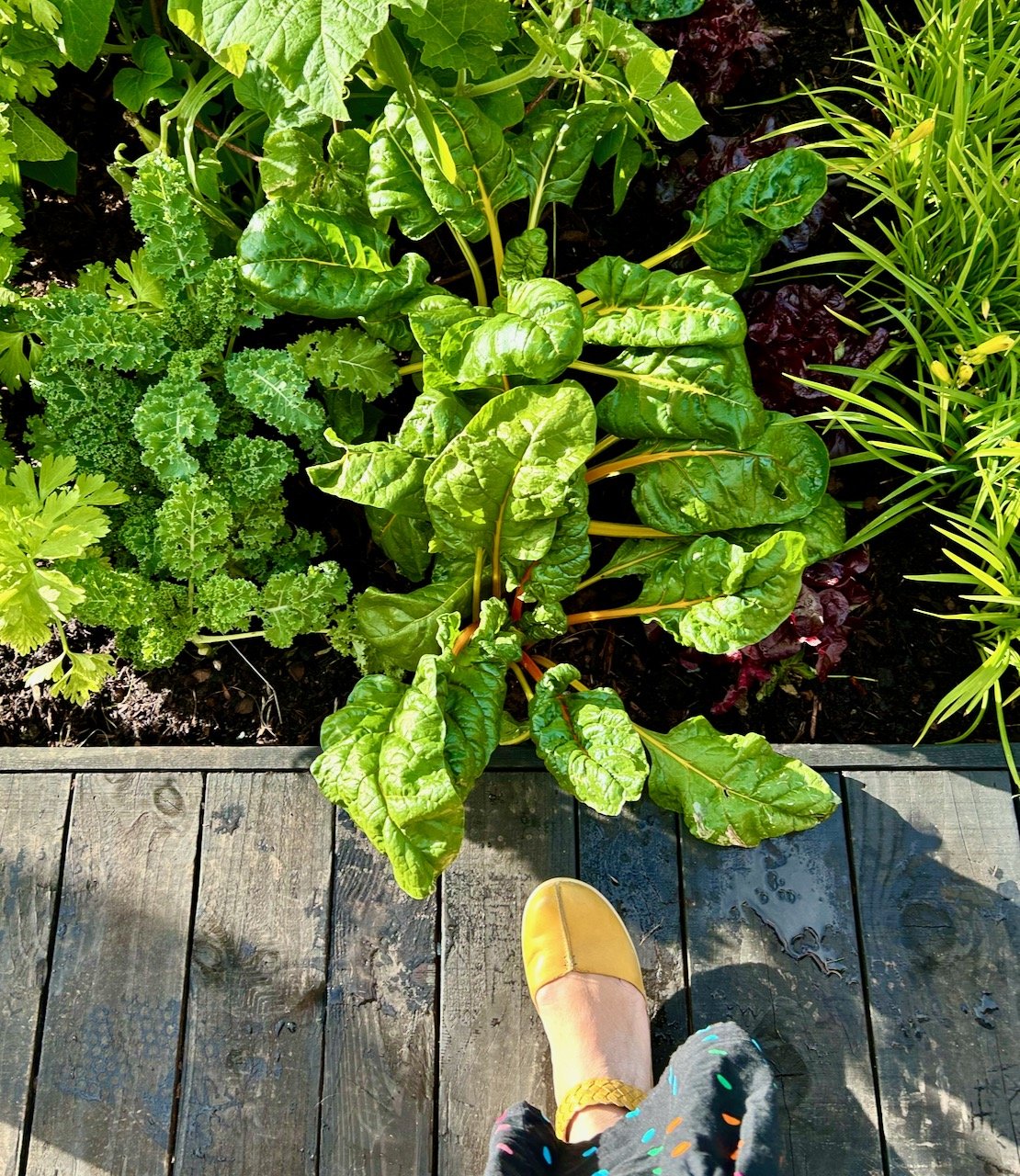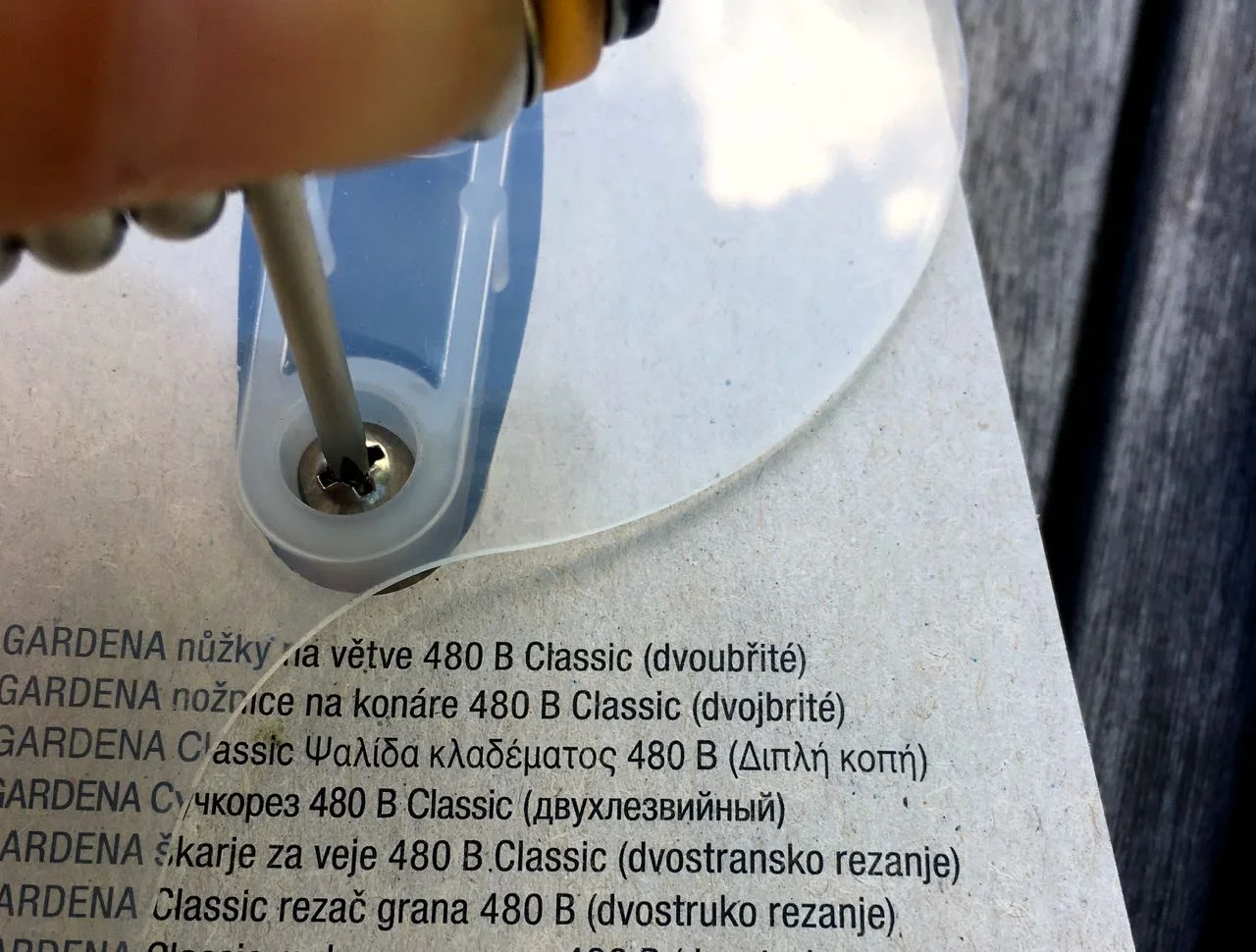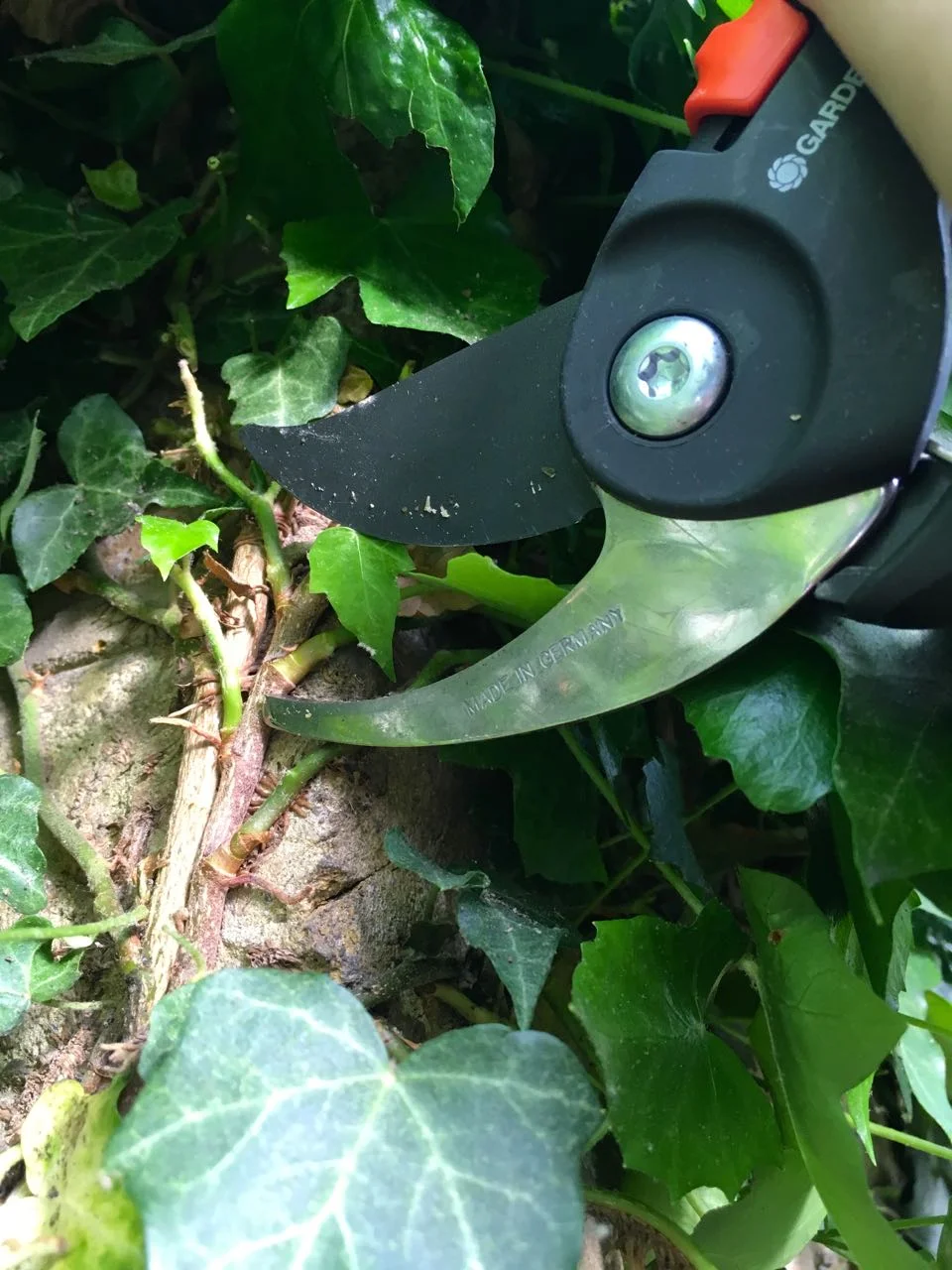Welcome back sunshine, I missed you! Not only did I plan to test out my new garden parasol while you were away I also planned to tackle the climbing plants on our patio. Neither happened until this weekend though.
There's all sorts of climbers gone (almost) wild on the patio, including troublesome ivy which grows twice as fast as everything else and the more welcome everlasting sweet peas, a burgundy clematis - which I thought I'd lost to foxes digging at its base, but haven't, some sweet smelling jasmine, my Gertrude Jekyll pink rose and a random white rose. And there's the Chilean potato plant which despite having its roots on our side of the fence, appears to have mostly moved next door - how rude!?
It always needs some kind of taming around now, but a spell of sunshine and rain accelerated the need to sort it out. As usual the prompt was when the sweet peas started growing horizontally across the patio, so out came some secateurs, garden twine and some patience. I think each year tackling this growth gains me about two-three inches of garden. That may not sound much, but the cumulative effect would be massive - and I'd have the narrowest of narrow gardens before too long too.
Bunnings, who recently acquired Homebase are an Australian brand who have a big focus on DIY and Outdoor Living, sent me a pair of secateurs and loppers and I was keen to see how they fared. And if you're wondering Bunnings have already opened a store in St Albans and over the next few years all Homebase stores will be converted to the new brand.
Back to the garden tools, the trickiest thing was removing the packaging, and a screwdriver was required. But as I'm way too impatient to find the right sort, I opted for using my bike multi-tool which did the job. The loppers were free, and I had a right result as I realised that the screw might be a good replacement for the screw that keeps falling out of our fridge - and it was, so I was already onto a winner, and that was before I'd cut or lopped an unkempt wisp.
And yes, it's only taken me four years to get around to trying another screw. It's also true that if you want something doing it's just as well to do it yourself. I'll say no more.
Yes, it's quite unruly isn't it, and the plants are quite high, the fence is 6ft, then there's 2ft of trellis and still the plants are above that.
I started out at a comfortable level and was quickly impressed with the secateurs which have a more angled blade than I'm used to. This was super-handy for getting in behind the ivy and snipping it, especially on brickwork. The general advice for dealing with ivy on brickwork is to snip it in several places so it dies, and then to remove the dead ivy a few days later. Otherwise you risk damaging the brickwork as ivy is full of suckers, and a massively strong plant.
Anyone else think these secateurs have a smiling face?
It wasn't long before I'd made progress on one of the panels, but only at the height that was comfortable to work at. Does anyone want to guess my height?!
But the far - and high-reaching Chilean potato plant called for something else. And that was the loppers. And some steps.
And it wasn't long before the high, wispy branches had gone, the ivy thinned and the white roses and burgundy clematis were tied in and looking almost respectable. What do you think?
I wasn't the only one that was impressed with the secateurs. No sooner had I put them down than they were picked up again by MOH used somewhere up the garden. We have plenty of secateurs, but of course it was these he needed. I got them back though and the euphorbias which are starting to die back were duly despatched to the compost.
That's another job done, and it won't be too long, I hope, before I get to the bottom of my garden to do list.
And did I ever tell you I'm an optimist?!
* This is a collaborative post but all views and opinions are my own.


